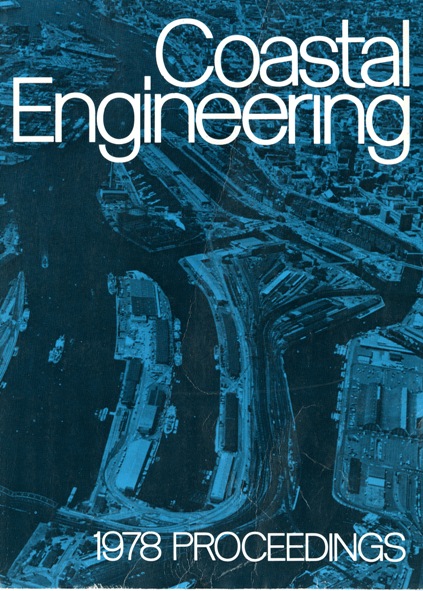Abstract
Coastal structures have caused significant impacts to adjacent shorelines, especially when these shorelines are composed of sand. Many times, these shoreline impacts have not been expected due to improper planning prior to the design and construction of these structures. Consequently, excessive erosion and/or deposition of sediment as a result of these structures has necessitated costly, and in some cases, continuous maintenance operations. This paper reviews the expected shoreline effects for an offshore pier-trestle and breakwater system for an LNG marine terminal. Coastal structures originally proposed for the LNG marine terminal consisted of a 4,600-foot-long pile supported "T" head pier/trestle system and a 1,000- foot-long detached rubble-mound breakwater. This investigation involved field and historical aerial photographic examination of 30 structures in the Southern California Bight and a literature review of similar structures in other environments. Also, a review of theoretical and physical model studies applicable to structures within the coastal marine environment was conducted. The results of this investigation of existing structures, in conjunction with theory and model studies, indicate that within the study region, pile-supported piers have no appreciable impact of £he adjacent shoreline. This investigation also indicates that detached breakwaters produce only minimal impact when the offshore distance of the structure is greater than six times the breakwater length. Of course, consideration was also given to the structure's position relative to the littoral zone, to the depth of water at the shoreward face of the structure, and to the wave climate approaching the structure. This study included a review of such factors as the local topography, nearshore bathymetry, beach processes, shoreline configuration, beach materials, range of water levels, and local wave climate. The controlling parameters identified in this study are discussed, and the final recommendations presented. This paper illustrates the importance of proper advance shoreline planning before the final design and construction of shoreline facilities.
Authors retain copyright and grant the Proceedings right of first publication with the work simultaneously licensed under a Creative Commons Attribution License that allows others to share the work with an acknowledgement of the work's authorship and initial publication in this Proceedings.

